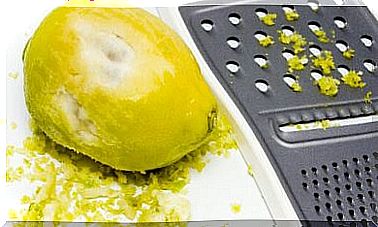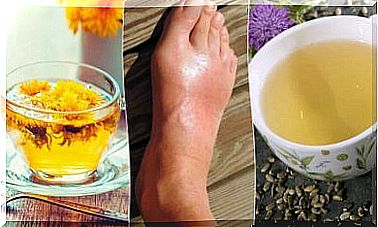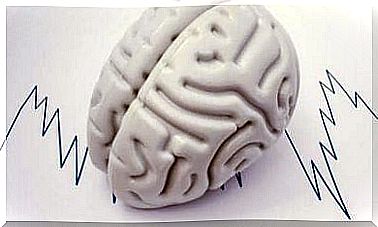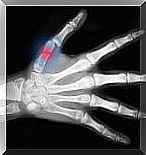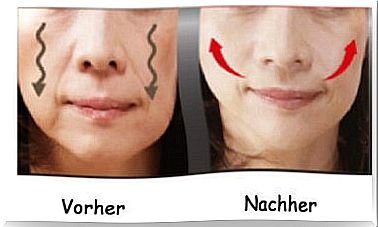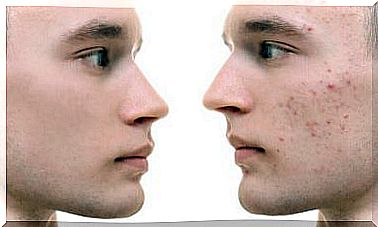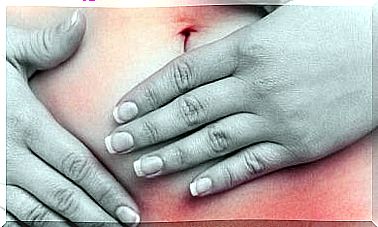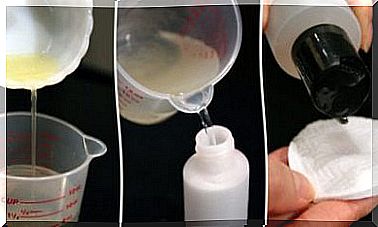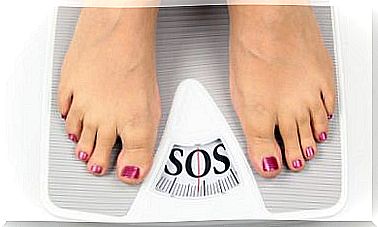Everything To Do With Glaucoma
Glaucoma is popularly known as glaucoma and is a common eye disease.
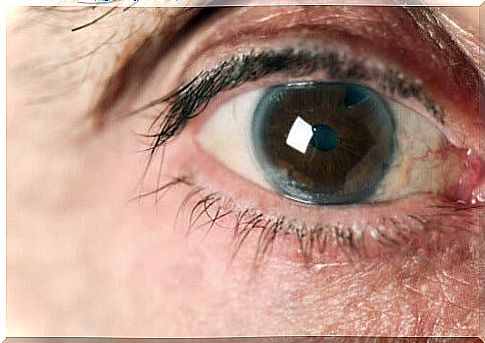
It is a misconception that only older people get glaucoma, statistically speaking, children also get it!
Up to 4% of all glaucoma patients are children, so it’s not a question of age. In any case, regardless of age, it is necessary to detect glaucoma in good time to be able to treat it properly.
What is glaucoma?
The causes of glaucoma are different, but all causes lead to the destruction of nerve fibers and in extreme cases, if the glaucoma remains untreated, the eye can go blind.
This makes glaucoma one of the most common causes of blindness worldwide. So you should read carefully what the first symptoms can be in order to treat glaucoma as soon as possible!
Please do not confuse the glaucoma with the cataract! The word “star” does not stand for a bird, but is an ancient word for clouding the lens of the eye.
In chronic inflammatory cases of glaucoma, the iris of the eye turns green-blue, which is where the name “glaucoma” comes from.

How is it made?
The most common cause of glaucoma is increased intraocular pressure.
However, there are very many patients who suffer from glaucoma even though their intraocular pressure is completely normal. In most cases, what leads to glaucoma is an incorrect relationship between intraocular pressure and blood flow pressure in the optic nerve.
This imbalance damages the optic nerve and leads to glaucoma.
Therefore, people who have high blood pressure due to atherosclerosis are particularly at risk.
But people who suffer from extremely low blood pressure but have increased intraocular pressure are also at risk.
Other risk factors are diabetes, circulation problems, migraines, tinnitus, high myopia, high farsightedness and old age.
The darker the skin color, the greater the risk: dark-skinned people are up to five times more likely than light-skinned people!
Symptoms
Cataracts are an insidious disease that those affected only notice very late.
Outwardly, the eye cannot tell that something is wrong. The damage to the nerve does not cause any pain.
The only symptom is a reduction in the field of vision, which, however, usually begins from the edge and is therefore not noticeable because the visual acuity is retained.
The brain is able to compensate for much of the loss of vision, so that the disease is usually only diagnosed when it has progressed so far that the optic nerve is permanently damaged and cannot be cured again.
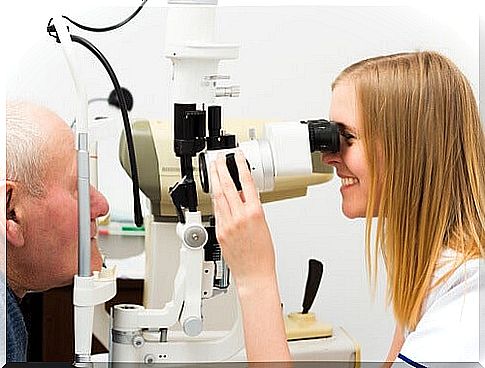
prevention
The best prevention is a regular check-up by an ophthalmologist! People over 40 years of age who belong to one of the risk groups (high / low blood pressure, diabetes, migraines, tinnitus, high farsightedness / nearsightedness, etc.) should visit the ophthalmologist once a year to have a preventive examination.
Unfortunately, this is not always paid for by the statutory health insurances.
It is important not to rely solely on the measurement of intraocular pressure!
Opticians, for example, also offer this examination. It does not serve to completely rule out glaucoma, because there are also many cases of normal intraocular pressure (e.g. in combination with low blood pressure) in which glaucoma develops! One then speaks of “normal pressure glaucoma”.
The examination at the ophthalmologist should therefore measure the intraocular pressure, measure the field of vision and assess the fundus.
This is the only way to rule out glaucoma with certainty – or to diagnose it. An increased intraocular pressure has little significance at first!
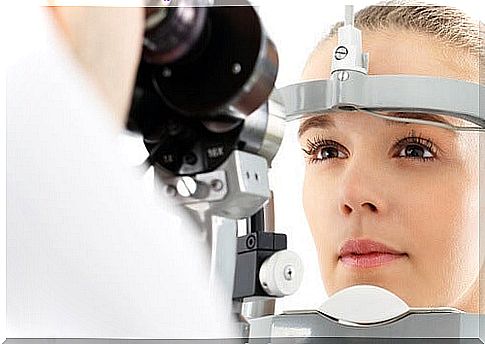
therapy
The primary goal of therapy is to stop the progressive damage to the optic nerve.
A first measure is therefore usually the use of eye drops, which cause the intraocular pressure to drop.
However, tablets can also be used to combat the cause of, for example, high blood pressure or circulatory disorders.
If the medication does not prove to be successful, surgical methods must be considered.
The too high intraocular pressure usually arises from a disturbed drainage of the aqueous humor from the eye.
With the help of small surgeries or lasers, the aqueous humor is allowed to flow better. Thus, the intraocular pressure is automatically reduced.
With either method, medicinal or surgical, no cure is possible, only a stop of the further progression of the disease.
The damage to the optic nerve that has occurred by the time the diagnosis is made is irreversible, which illustrates the importance of preventive medical examinations.
Talk to your doctor about whether it makes sense for you to have a check-up every year!

